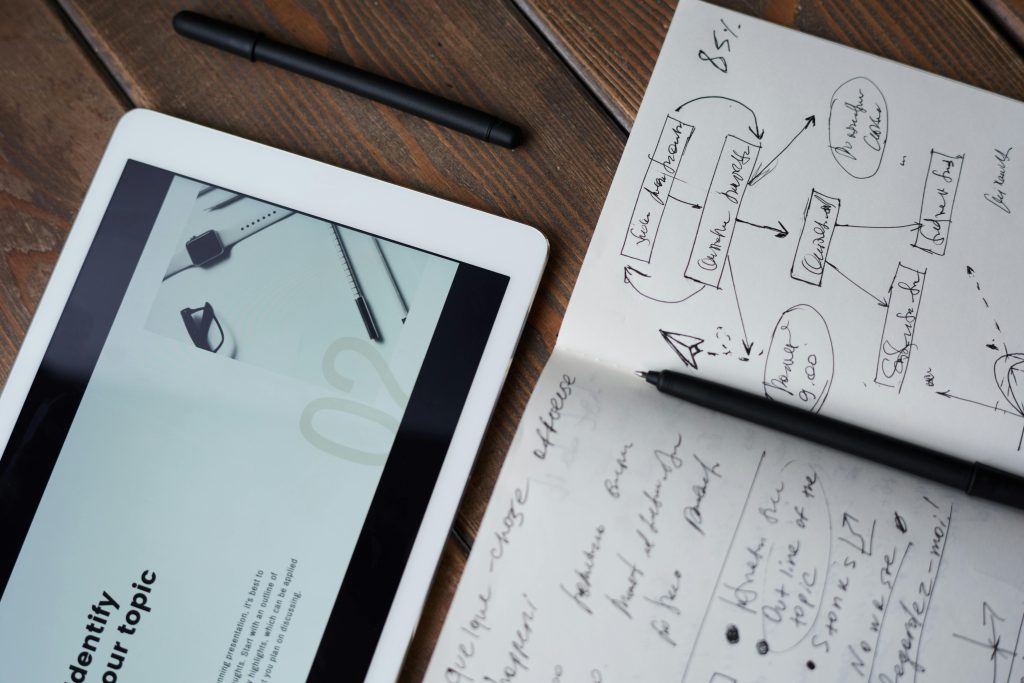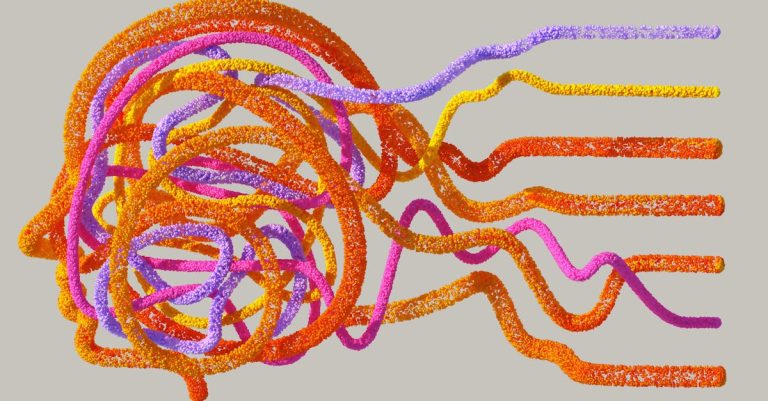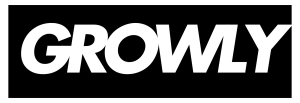Introduction
In the world of digital marketing and lead generation, few concepts are as essential—and as misunderstood—as the sales funnel. Whether you’re running an e-commerce store, a consulting business, or a SaaS company, a well-constructed sales funnel can dramatically increase your conversion rate and drive consistent revenue.
But what exactly is a sales funnel? And more importantly, how do you build one that not only attracts leads but turns them into paying customers?

In this guide, we’ll demystify the sales funnel, break it down step by step, and show you how to build a high-converting funnel tailored to your audience and business goals.
What Is a Sales Funnel?
A sales funnel is a step-by-step process that guides potential customers from initial awareness to final purchase—and ideally, into repeat buyers or brand advocates. It’s called a “funnel” because it visualizes how leads are filtered down through various stages:
- Top of Funnel (TOFU) – Awareness
- Middle of Funnel (MOFU) – Consideration
- Bottom of Funnel (BOFU) – Conversion
Each stage is designed to move a lead closer to taking action, whether that’s signing up for a webinar, downloading a guide, or making a purchase.
Why a Sales Funnel Matters
Without a structured funnel, leads are more likely to fall through the cracks. A sales funnel helps you:
- Nurture leads with the right message at the right time
- Increase conversions by addressing objections early
- Automate lead qualification and focus your efforts on hot prospects
- Improve ROI across marketing channels
The 3 Key Stages of a Sales Funnel
Let’s break down what each stage includes and how to optimize it for maximum results.
1. Top of Funnel (TOFU): Awareness
Objective: Attract and educate new prospects.
This is where potential customers first discover your brand, often through channels like:
- Blog posts and SEO
- Social media content
- Paid ads (Google, Facebook, LinkedIn)
- Webinars or podcasts
TOFU Content Examples:
- “How-to” blog articles
- Explainer videos
- Infographics
- Social proof and industry insights
Goal: Drive traffic to your site and offer value without a hard sell.
2. Middle of Funnel (MOFU): Consideration
Objective: Build trust and nurture the relationship.

Now that you’ve caught their attention, it’s time to show how your solution fits their needs. This is where lead magnets and email marketing come into play.
MOFU Strategies:
- Offer lead magnets (eBooks, free templates, webinars)
- Use landing pages with strong calls to action
- Launch email drip campaigns to educate and nurture
MOFU Tools:
- CRM (e.g., HubSpot, Salesforce)
- Marketing automation (e.g., Mailchimp, ActiveCampaign)
Goal: Convert visitors into qualified leads by capturing their contact information.
3. Bottom of Funnel (BOFU): Decision
Objective: Close the sale and eliminate objections.
At this stage, the lead is evaluating their options. Your job is to make their decision easy.
BOFU Content:
- Case studies
- Product demos
- Testimonials
- Personalized sales calls
- Limited-time offers or trials
Goal: Remove friction and incentivize conversion (purchase, sign-up, etc.)
How to Build a Sales Funnel That Converts
Now that you understand the structure, let’s look at how to build a converting sales funnel from scratch.
Step 1: Define Your Customer Journey
Before building any funnel, map out your ideal customer journey.
Questions to ask:
- Who is your target audience?
- What problem are they trying to solve?
- What content or offer would move them to the next step?
Use buyer personas to tailor each funnel stage to real customer pain points.
Step 2: Create Targeted Content for Each Stage
Build content that aligns with each funnel phase:
- TOFU: Educational blog posts, ads, and videos
- MOFU: Lead magnets, email sequences, and comparison guides
- BOFU: Demos, trials, and case studies
Ensure consistency in tone, design, and messaging across all channels.
Step 3: Design Optimized Landing Pages
A high-converting funnel needs dedicated landing pages with:

- Clear headlines
- Concise benefits
- Visuals or product images
- One call-to-action (CTA)
- Minimal distractions
Use A/B testing tools like Unbounce or Instapage to test variations and increase conversion rates.
Step 4: Capture Leads and Segment Your Audience
Use lead forms, quizzes, or gated content to collect user information. Then segment your leads by:
- Source (e.g., ad campaign, blog)
- Behavior (e.g., downloads, clicks)
- Stage in the funnel
This allows for more personalized and effective follow-up campaigns.
Step 5: Nurture Leads with Email Automation
Don’t stop after getting an email. Use email marketing to:
- Educate and build trust
- Introduce your product or service
- Offer valuable content
- Overcome objections
- Present the final offer
Use tools like ConvertKit, Klaviyo, or Mailchimp to set up email workflows.
Step 6: Close the Sale and Track Conversions
When leads reach BOFU, offer:
- Personalized emails or calls
- Exclusive discounts
- Free trials or consultations
Use conversion tracking (Google Analytics, Meta Pixel, CRM analytics) to measure performance and optimize your funnel over time.
Bonus: Post-Purchase Funnel Strategies
Your funnel shouldn’t end after the sale. To maximize lifetime value:

- Send onboarding emails
- Offer upsells or cross-sells
- Request reviews or referrals
- Nurture with helpful content
- Re-engage with personalized campaigns
A loyal customer is often more valuable than a new one.
Conclusion
A sales funnel is more than a marketing buzzword—it’s a strategic roadmap that moves leads from interest to action. When built intentionally, it can become your most powerful tool for consistent growth and scalable lead generation.
By understanding your audience, delivering value at every stage, and optimizing the journey with the right tools and content, you can build a sales funnel that not only captures leads—but converts them.








